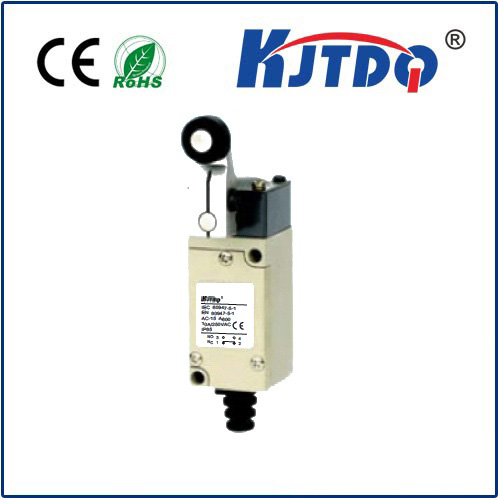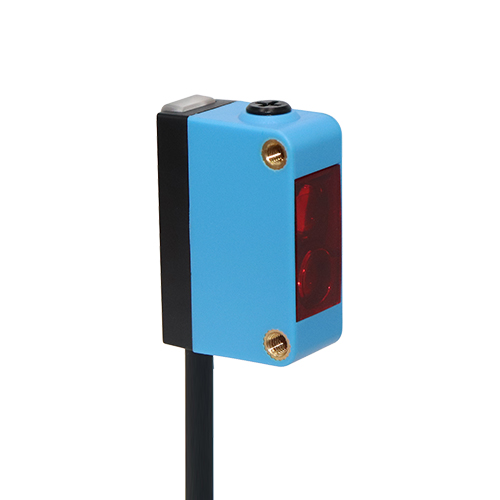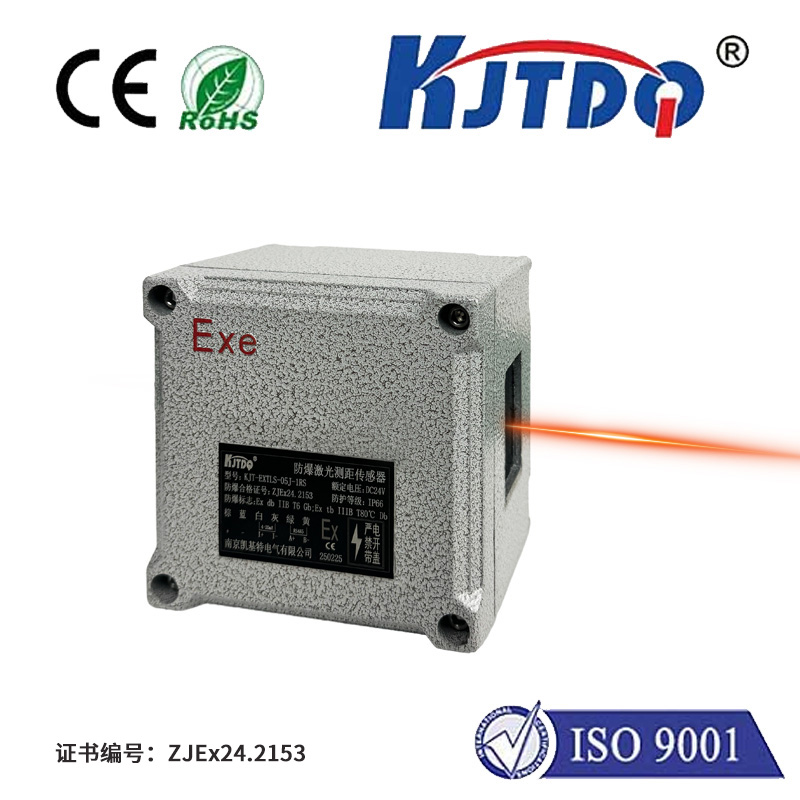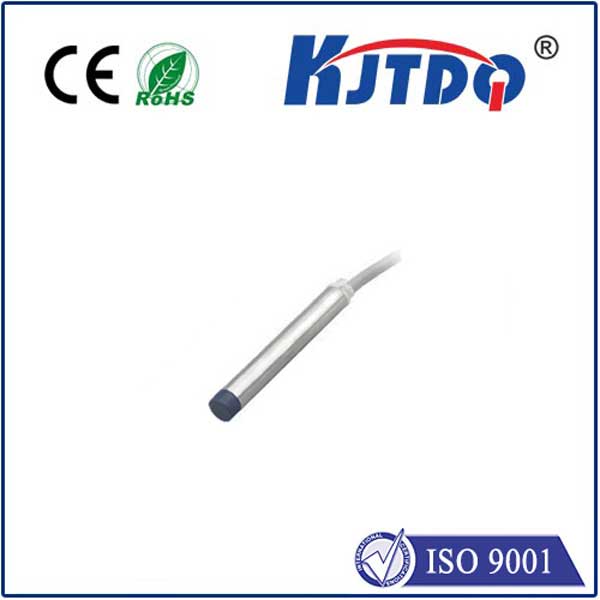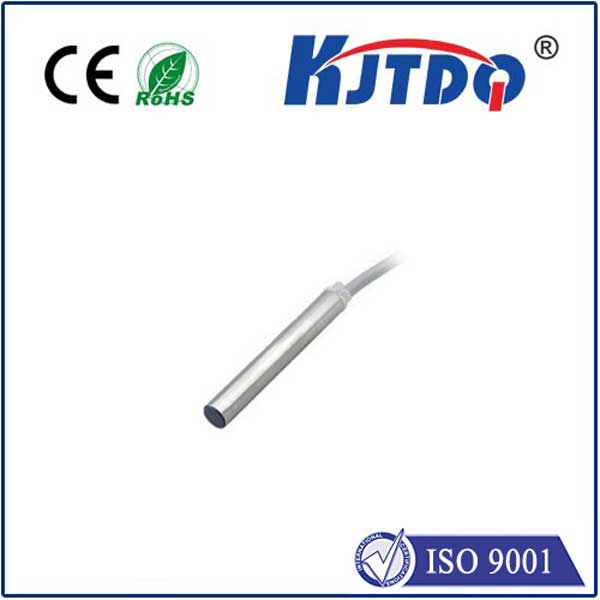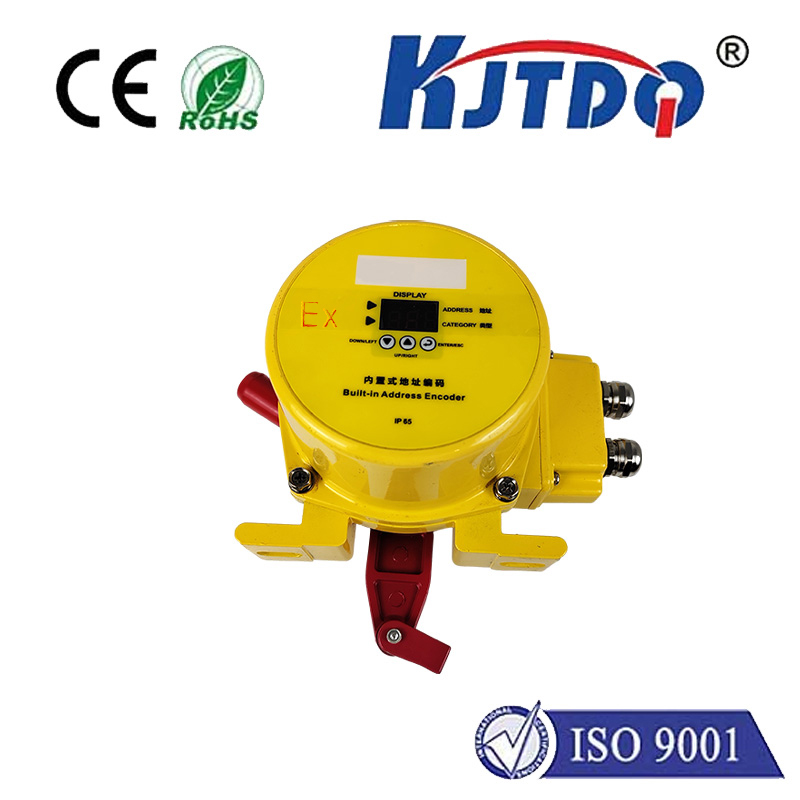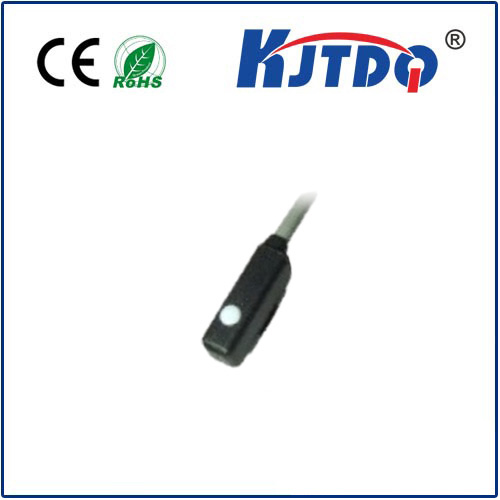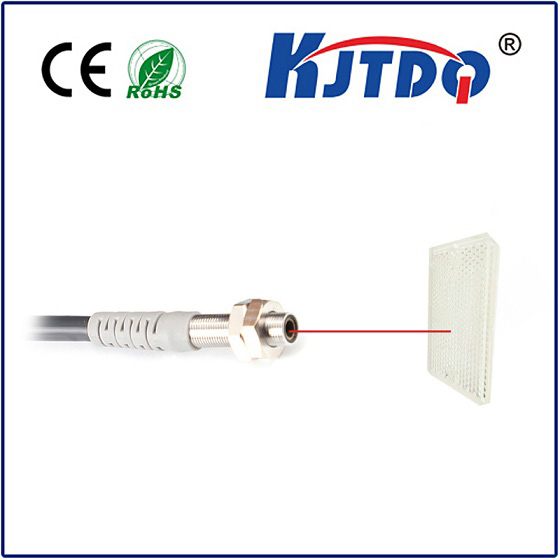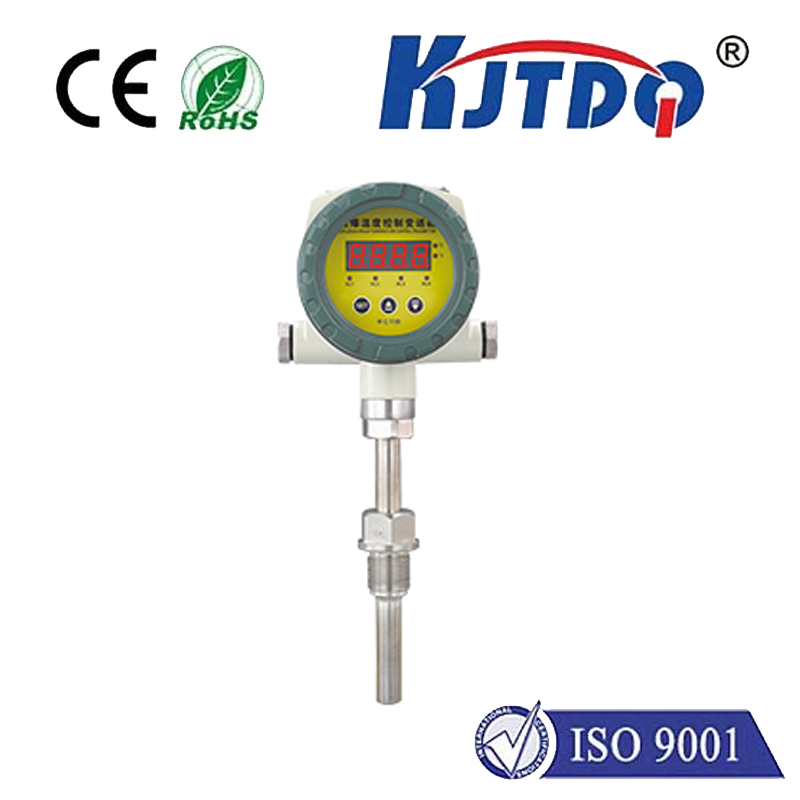magnetic proximity sensor range
- time:2024-10-12 14:06:18
- Click:0

Magnetic Proximity Sensor Range: An Essential Tool for Precision Measurement
Magnetic proximity sensors are essential tools in various industries, providing precise and reliable measurements. These sensors use a magnetic field to detect the presence of a target object, allowing for non-contact measurement over a specified range. In this article, we will explore the magnetic proximity sensor range and its significance in industrial applications.
Understanding Magnetic Proximity Sensor Range
The magnetic proximity sensor range refers to the distance within which the sensor can detect a target object’s magnetic field. This range is typically expressed in millimeters or inches and depends on the strength of the magnetic field and the sensitivity of the sensor. A higher magnetic field strength allows for a greater detection range, while a more sensitive sensor can detect weaker magnetic fields over shorter distances.
Factors Affecting Magnetic Proximity Sensor Range
Several factors can affect the magnetic proximity sensor range, including:
- Target material: The type of material being measured can impact the strength of the magnetic field and, consequently, the sensor’s detection range. For example, ferrous metals have a higher permeability than non-ferrous metals, resulting in a stronger magnetic field and greater detection range.
- Sensor sensitivity: The sensitivity of the sensor plays a crucial role in determining its detection range. More sensitive sensors can detect weaker magnetic fields over shorter distances, while less sensitive sensors require a stronger magnetic field and a closer proximity to the target object.
- Environmental factors: External factors such as temperature, humidity, and electromagnetic interference can also affect the magnetic proximity sensor range. It is essential to consider these factors when selecting a sensor for a specific application.
Applications of Magnetic Proximity Sensors with Different Ranges
Magnetic proximity sensors come in various ranges, each suitable for different industrial applications. Some common applications include:
- Close-range proximity sensors (0-5mm): These sensors are ideal for measuring small gaps between mechanical parts or detecting the presence of thin materials. They are commonly used in robotics, packaging machinery, and automotive manufacturing.
- Medium-range proximity sensors (5-50mm): These sensors offer a balance between detection range and sensitivity, making them suitable for a wide range of industrial applications. They are often used in conveyor systems, fluid level monitoring, and quality control inspections.
- Long-range proximity sensors (50mm+): These sensors provide the longest detection range and are suitable for applications requiring large standoff distances. They are commonly used in security systems, access control, and perimeter protection.
Conclusion
In conclusion, understanding the magnetic proximity sensor range is crucial for selecting the right sensor for a specific industrial application. Factors such as target material, sensor sensitivity, and environmental conditions must be considered when choosing a sensor. By selecting the appropriate magnetic proximity sensor range, engineers and technicians can ensure accurate and reliable measurements in their respective industries.












